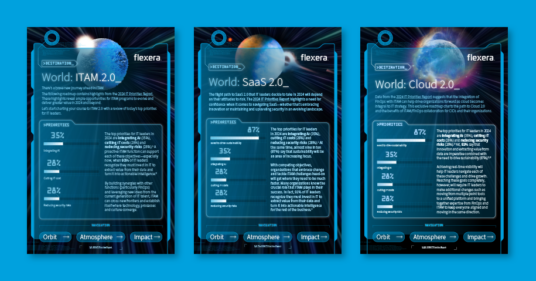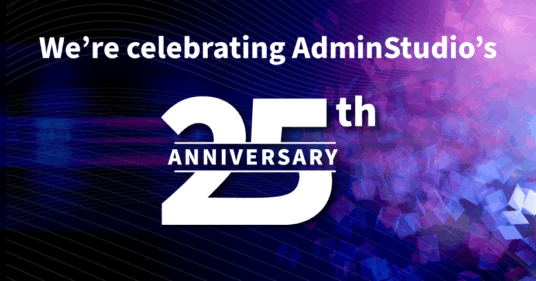
Get updates delivered to your inbox
Everything you need to know about today's technology value optimization opportunities


IT Asset Management
April 5, 2023

Strategies to monitor license utilization, rein in SaaS spend and free up resources


SaaS Management
March 17, 2025




Comprehensive IT visibility across on-premises, SaaS and cloud

IT Visibility
November 15, 2024


IT asset management that makes the exponential manageable

IT Asset Management
May 6, 2025


Get the latest tips and updates about Flexera’s solutions


Product News
April 28, 2025

Product News
April 25, 2025
From security to package updates, get the latest on Application Readiness

Application Readiness
April 17, 2025

Application Readiness
August 2, 2024



Security
April 16, 2025

Maximize your technology investments with the latest industry insights

Perspectives
April 29, 2025

